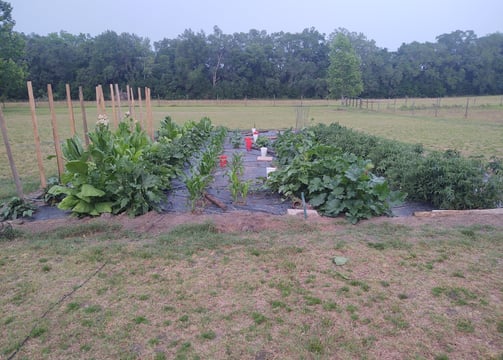Understanding Homelessness and Hunger Statistics
We provide critical insights into homelessness and hunger in the United States, aiming to raise awareness and drive action towards solutions for these pressing social issues.


Invaluable data for impactful change.
"

Addressing Hunger
Explore vital statistics on homelessness and hunger in the United States to drive meaningful change.
Data Insights
Analyzing statistics on homelessness and hunger in the USA.


Homelessness Data
In 2024, the number of people experiencing homelessness in the United States on a single night was the highest since survey records began, according to the latest annual homelessness report by the Department of Housing and Urban Development (HUD). There were 771,480 people recorded as homeless in 2024 — or about 23 per 10,000 people. This represented an increase of over 18% relative to the numbers recorded in 2023.


Hunger Statistics
1 in 5 American kids do not have enough food and do not know where their next meal is coming from. That is about 13 MILLION children in the US.
In 2023, 47.4 million people in the United States experienced food insecurity, which is a lack of access to affordable, nutritious food. This amounts to about 1 in 7 households.




Gardening In The US
Many people are helped by gardens, including those who grow food, those who enjoy the outdoors, and those who seek stress relief.
Food production
Food security: Gardens can help improve food security for people who are food insecure.
Fresh produce: Community gardens can increase access to fresh produce, especially for people who don't have access to healthy food.
Stress relief
Mental health: Gardening can help with stress, anxiety, and depression.
Social connection: Gardening can help people connect with others.
Benefits of Freeze Drying
Freeze drying offers several benefits, including significantly extending shelf life by removing most moisture content, preserving the original color, shape, and nutritional value of food, making it lightweight for storage and transport, and allowing for quick rehydration when needed, making it ideal for camping, emergency preparedness, and situations where fresh food access is limited.
Key benefits of freeze drying:
High Nutritional Retention:
Unlike traditional dehydration methods, freeze drying preserves a significantly higher percentage of vitamins, minerals, and antioxidants in food, making it closer in nutritional value to fresh produce.
Long Shelf Life:
By removing almost all water content, freeze-dried food can be stored for years without refrigeration, greatly extending its shelf life.
Maintains Appearance:
The process minimizes shrinkage and distortion, preserving the original color and shape of the food.
Lightweight and Portable:
Due to the low moisture content, freeze-dried food is significantly lighter than fresh food, making it easy to transport and carry.
Quick Rehydration:
When ready to eat, simply add water to rehydrate the freeze-dried food quickly, restoring its texture and flavor.
Versatile Applications:
Can be used on a wide variety of foods including fruits, vegetables, meats, meals, and even yogurt, allowing for diverse meal options.
Sustainable Potential:
By reducing food waste through extended shelf life and minimizing packaging needs, freeze drying can be a more sustainable food preservation method.
